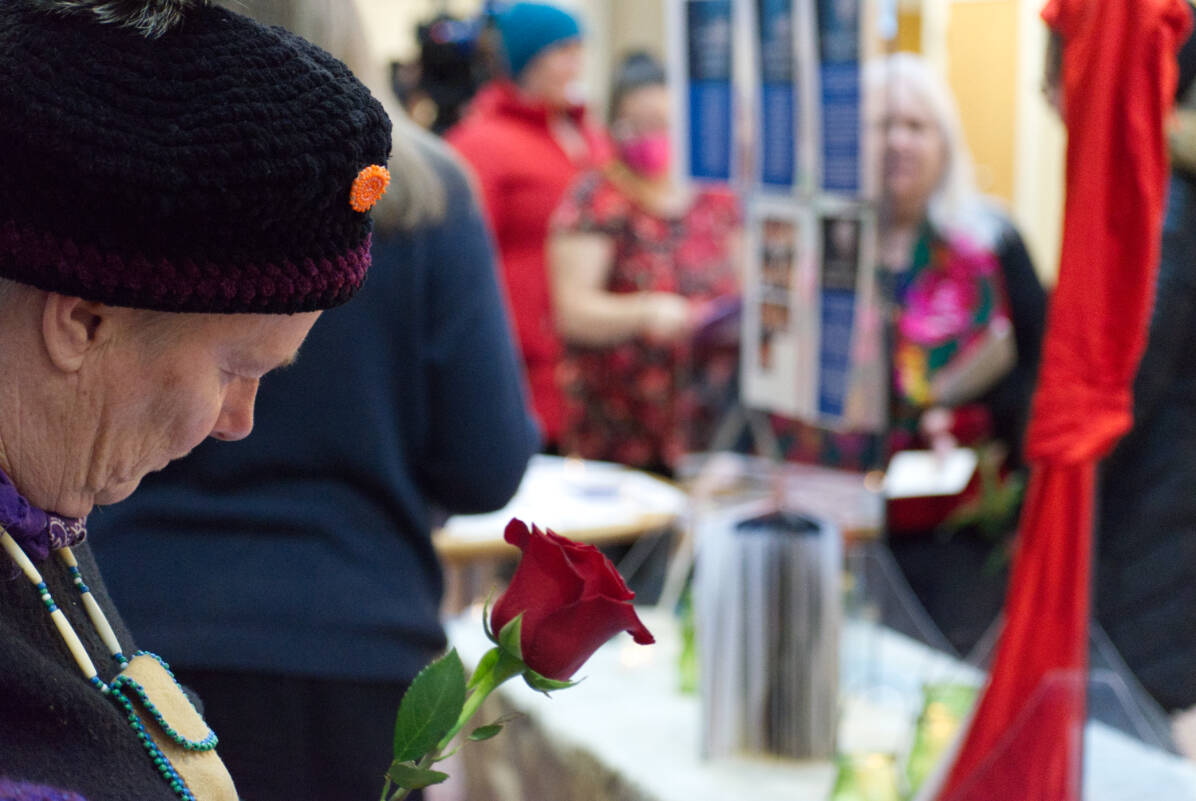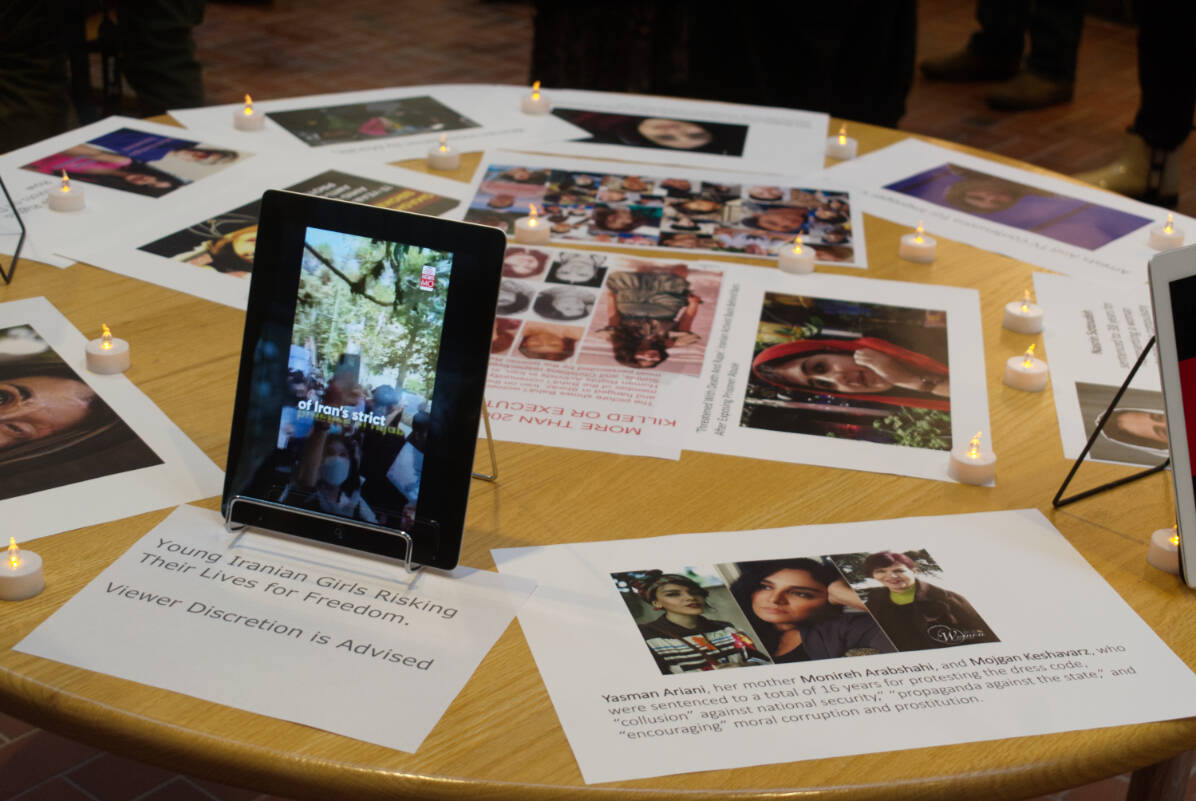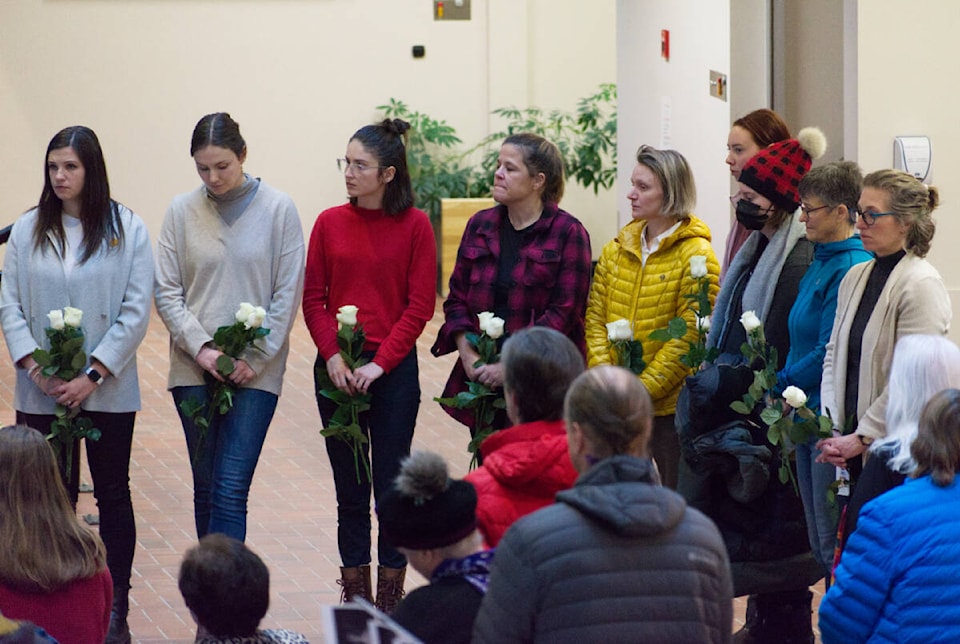The Yukon will be getting $16 million over four years to carry out the national action plan to end gender-based violence, the federal and territorial government have confirmed.
The territory still needs to come up with a local strategy for rolling out the plan. Local organizations are ready to be part of its creation.
On Nov. 9, Canada’s territories and provinces, with the exception of Quebec, endorsed the 10-year national plan. The 2022 federal budget allots $539.3 million over five years for Women and Gender Equality Canada to help the provinces and territories execute the plan, which was forthcoming when the budget was released in the spring.
Jeanie McLean, the territorial minister responsible for the Women and Gender Equity Directorate, spoke to the News by phone Dec. 7 about the plan prior to meeting with her federal counterpart in Ottawa.
“It’s a strategic framework for action within and across jurisdictions to support victims, survivors and their families no matter where they live,” she said.
“It brings a lot of hope.”
McLean said the work is important across Canada.
“But in the North, the level of violence, particularly against women, is the highest in in the country — three times higher than the rest of Canada, and even more so for Indigenous women,” she said.

The plan notes violence can take many forms including physical, sexual, psychological, emotional and financial abuse as well as technology-facilitated violence that can take place in homes, in public spaces, in workplaces and online.
The plan points out women in northern, rural and remote communities are disproportionately at risk or under served when they experience these forms of violence.
The plan also acknowledges the data underestimates the problem and the gaps in data collection.
McLean said the Yukon government is working with the federal government to sew up a bilateral funding agreement and a Yukon-based implementation plan for the money coming its way.
“This is going to include discussions with our key partners, of course, as well as key government departments to determine priorities that will maximize impact and determine if additional investment from Yukon is needed,” she said.
McLean said that means working closely with all levels of government, gender equity seeking organizations and women’s groups such as the Yukon Women’s Coalition and the Yukon Advisory Committee on Missing and Murdered Indigenous Women, Girls and and Two-spirit+ People.
Sofia Ashley, executive director of the Victoria Faulkner Women’s Centre, is part of the Yukon Women’s Coalition, which has issued its own 16 calls to action to “create safer communities for all” and “break the systemic barriers that contribute to gender-based violence,” according to the website.
The fourth call to action is to “jointly develop a Yukon strategy to implement the national action plan to end gender-based violence in equal partnership with Yukon’s equity seeking organizations.”
“We’re here. We’re ready to implement this national action plan together in partnership with you,” Ashley said by phone on Dec. 5.
“We’re eager to see some of this funding come forward to stabilize the sector so that our organizations can get out of just surviving and treading water, and actually get into being able to take sort of tractional action forward. It’s time.”
Ashley said the plan appears to be “quite broad.”
“What that means is that isn’t really a national action plan, because it’s so flexible that the territories and provinces may still end up coming up with kind of different directions that don’t necessarily create a cohesive national plan,” she said.

In a Dec. 6 email, Johise Namwira, a spokesperson for Women and Gender Equality Canada, said the plan is designed to be flexible and responsive to local realities, and the plan remains grounded in five pillars and a foundation which frames all initiatives.
The national plan was informed by over 1,000 recommendations through consultations with victims and survivors, Indigenous partners, direct service providers, experts, advocates, academics and other groups.
Statistics Canada data collection will be used to measure the progress of the plan, according to the plan. As for tracking results, national objectives include fewer women killed by an intimate partner, fewer women who are victims of intimate partner violence and sexual assault, fewer Indigenous women and girls who are victims of violence and increased police reporting of violent crimes.
Namwira said the provinces and territories will need to come up with implementation plans and report regularly to Women and Gender Equality Canada on how their money is being spent prior to getting the next year’s allocation.
Contact Dana Hatherly at dana.hatherly@yukon-news.com
